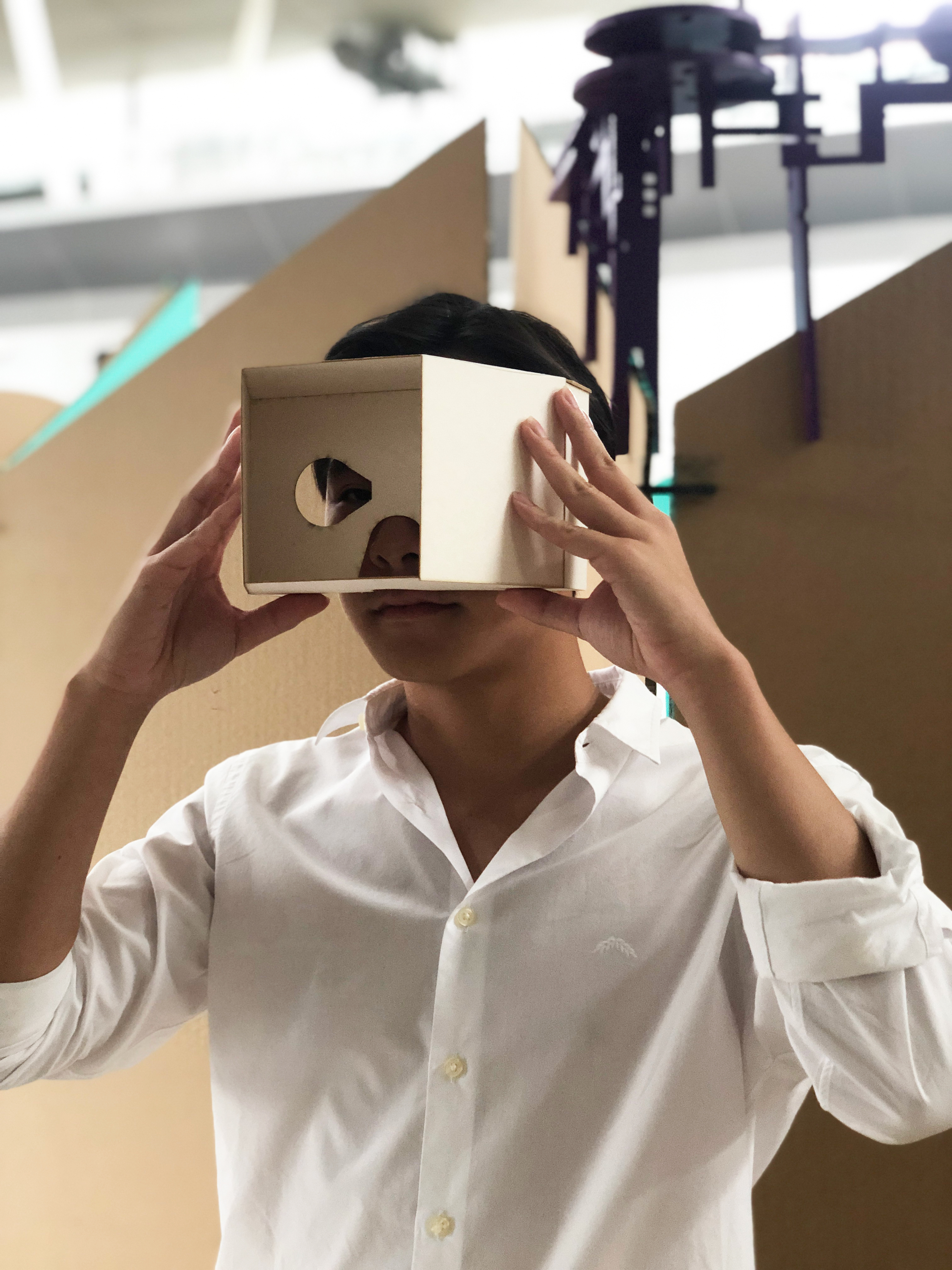/a day in Lost Paradise/
Architecture as a tool for revealing Shangri La’s backstage stories.
(Click at the picture above to experience another side of Shangri-La through my personal “TRAVEL VLOG”)
As I explored the romanticism painting “Rocky Ravine” by Caspar David Fredrich, I became increasingly intrigued by “framing”, a technique often used by artists to control what they want us to see and push out the unwanted elements by using a canvas border to define the boundary. I then attempted to conduct my own framing experiment, using my self-designed prototype of a “Wearable Device” that frames reality with its unique Subtraction/Addition Mechanism. The outcomes led me to further contemplate on the meaning of “realities”. Reflecting on my own visits to various cities, I wonder how much of a difference those elements outside my sensory (and camera) frame could make to my impression of such places. Arguably, a city will most likely wish that you encounter only parts it wants you to, leading you to the narratives it so carefully frame. Indeed, tourism could be a metaphor for a stage play. Once you’re in it, you may not even realize what is truly real. In the case of Shangri-La, a city in Yunnan, China, its mystical attraction—that has intrigued so many intrepid souls to follow its calling—appears to stem from the renowned narrative that “frames” it as an “earthly paradise” on the
Himalayans. But is it really? To find out, I started researching all possible information sources I could think of—from physical books, magazines and postcards to accessible digital database, blogs and social media posts—and gradually created my Shangri-La archive by timeline. And, viola! I have a version of history so different from those portrayed in the media. Now comes the crux of this project: What can I do to let others be more aware of framing? PRELIMINARY EXPERIMENT WITH FRAMING
Rocky Ravine, Caspar David Fredrich

(Click at the picture above to experience multi-layers of painting)


FIGURE GROUND LAW
This theory of perception proposes that people make sense of the world around them
by talking separate and distinct elements and combining them into a unified whole.


AMBIGUOUS LAW
At any point, a single element might be both figure and ground at the same time.
You can make your design ambiguous by blurring the boundaries between your ground and figure.


To delve more deeply and unfold the possibly hidden, overlooked, or “out-of-frame” stories, I decided to travel to Yunnan, China to conduct a field study. Using all the collected information (from both before and after the trip), I experimented with framing by choosing different vantage points on which to explore geo-tagged images and noting what I observed for each vantage point. Images that are “in” or “out” of the frame indeed changed considerably with each adjustment to my vantage point.



From this, I then ruminated on ideas that culminated in 4 unique prototypes that would encourage the viewing of different (and often hidden) realities.

